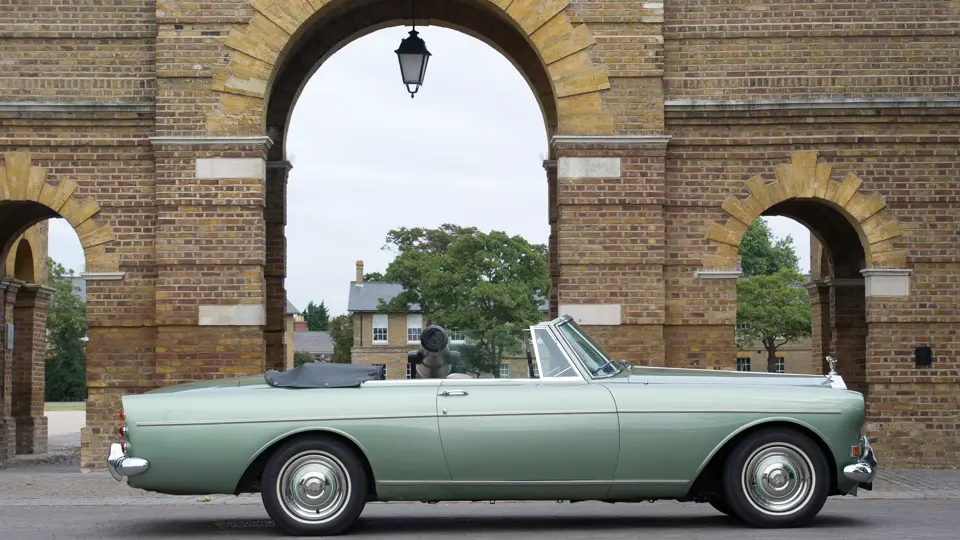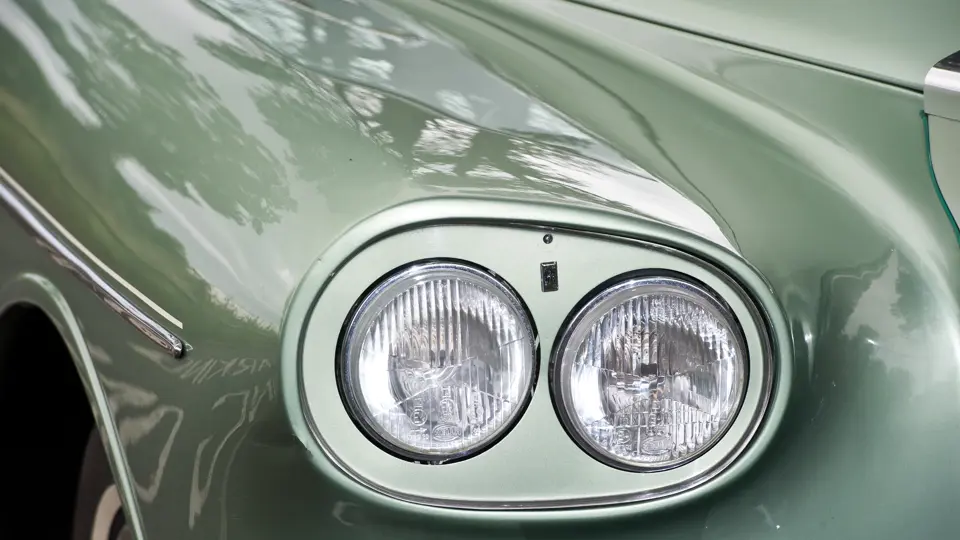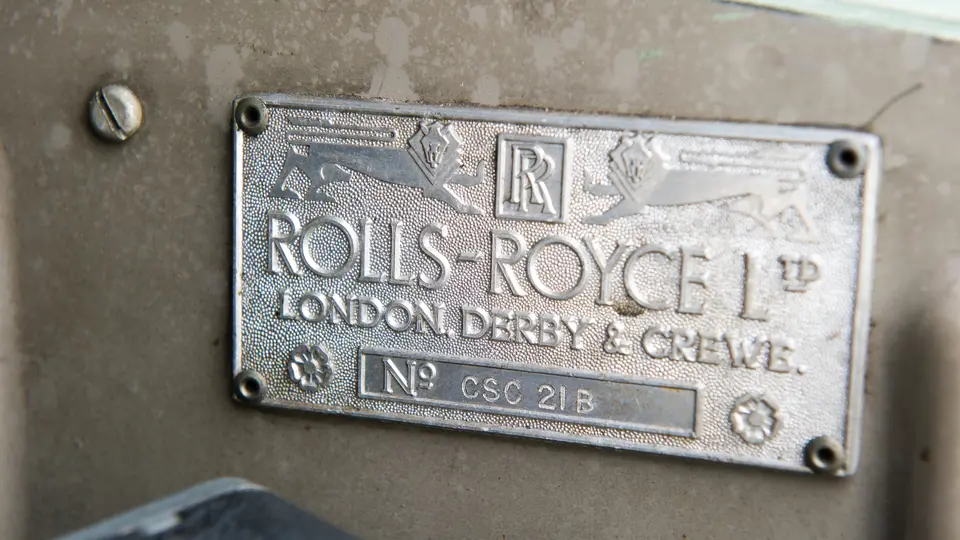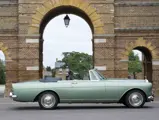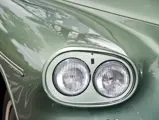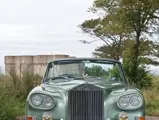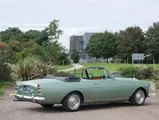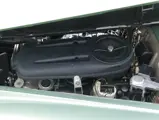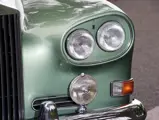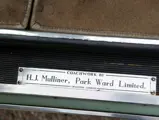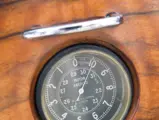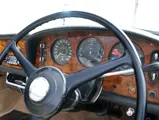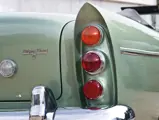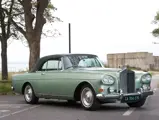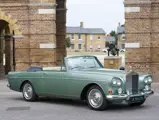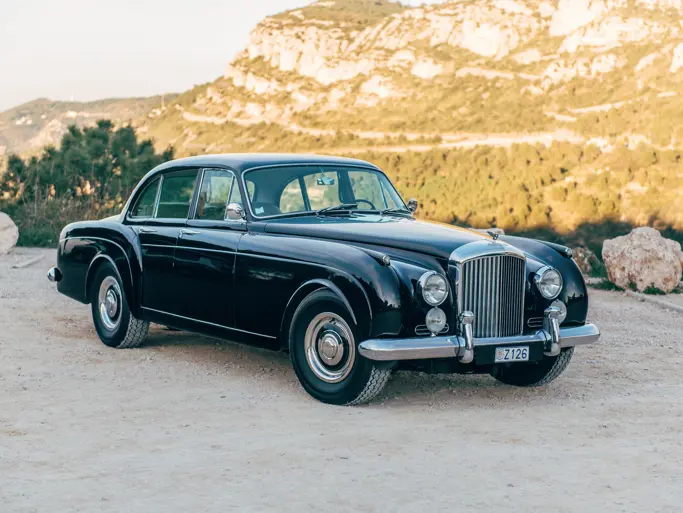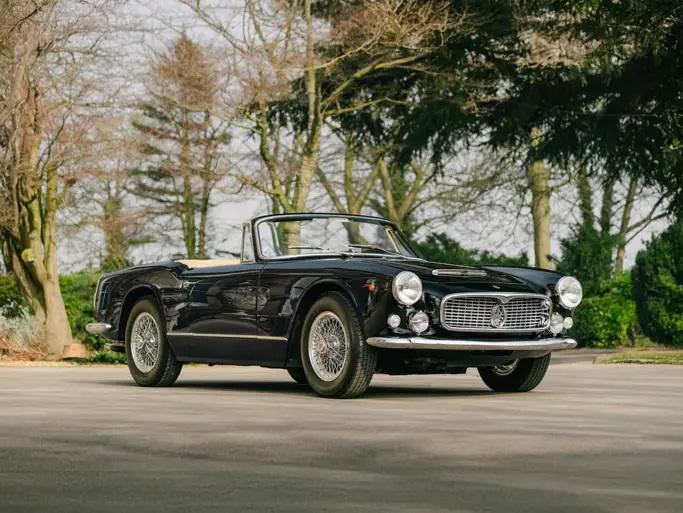Please note that this vehicle is eligible for import into the UK at a reduced rate of 5% VAT.
200 hp, 6,230 cc OHV V-8 engine, two SU carburettors, four-speed automatic transmission, independent front suspension with coil springs and wishbones, semi-elliptic rear springs with electrically controlled shock absorbers, and power-assisted hydraulic front and hydro-mechanical rear drum brakes. Wheelbase: 123 in.
• The 10th of only 79 Silver Cloud III Mulliner-Park Ward drophead coupés
• The first SC III DHC ordered with air conditioning
• Only two owners in 48 years
The introduction of the Silver Cloud III and Bentley S.3 saw the introduction of contemporary design cues. Most obvious were the dual-quad headlamps, a lower hood and radiator shell, and smaller bumpers. The non-standard Vilhelm Koren-designed body for the S.2 cars, built by Park Ward who would later merge with H. J. Mulliner, pleased buyers so much that the design was adapted for the Bentley S.3 and its fraternal brother, the Rolls-Royce Silver Cloud III. It was felt that the horizontal twin headlights detracted from the overall presentation, so they were fitted on a slight slant. The new interior was updated with a padded cap rail above the fascia, separate front seats, and more leg room for front and rear passengers. The V-8, which was installed in the second generation Bentley and Rolls cars and continued to these third generation vehicles, resulted in seven percent more horsepower. Rolls-Royce enthusiasts agree that the Cloud III was the finest of the series. Rolls-Royce produced 2,044 Cloud IIIs, plus 253 on the long wheelbase chassis. All coachbuilt cars were long wheelbase and are identified by the letter “L” preceding the chassis number. This car, chassis LCSC21B, is the 10th in the series and one of 79 “Coachbuilt Silver Cloud” examples, denoted by the instantly identifiable CSC in the chassis number; this group is odd-numbered and number 13 was omitted. Production continued with the “CSC” series until March 1966, well after the Cloud series ceased production. Since this design is uncommon and highly desirable, a few non-authentic copies exist, but this example is verified both by chassis number and provenance. Documents show LCSC21B was shipped to its first owner, Gordon Carruthers, in Johannesburg, South Africa in 1964. It was the first Rolls-Royce drophead coupé ordered with air-conditioning, a necessity in the oppressive African climate. It was further equipped with power windows, a power top and radio aerial, a second set of louder “Grande Vitesso” horns for high-speed touring, and a tachometer. Johannesburg is located at 5,751 feet, surrounded by ridges and deep valleys, so the car was naturally fitted with an altimeter.
LCSC21B was sold in 1978 to its second owner, a foreign correspondent based in South Africa. He shipped it to Europe for family holidays and then he stored it in an automobile museum in Germany when he was assigned to Istanbul, where he felt would be unsafe for his car. On his retirement, the car was shipped back to Johannesburg. His widow does not drive and has regretfully chosen to sell the Rolls-Royce rather than have it languish in storage. In recent years, collectors are trending toward preservation over restoration. An original, correctly maintained car may hold a higher value than the same car in restored condition, with open coachbuilt cars like this one bringing the highest numbers. Rolls-Royce Silver Cloud drophead coupés are sought both for their form and function; with a 0–60 time of 10.8 seconds and a top speed of 115 mph, they are delightful cars to drive.




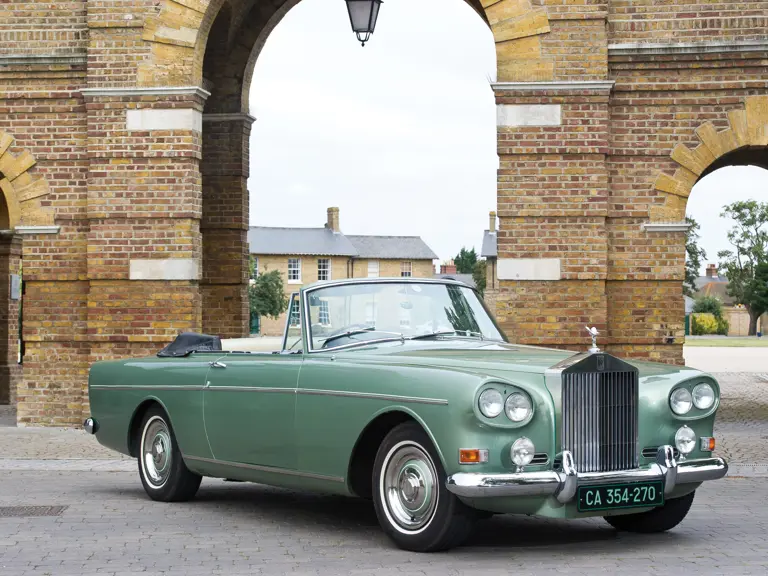
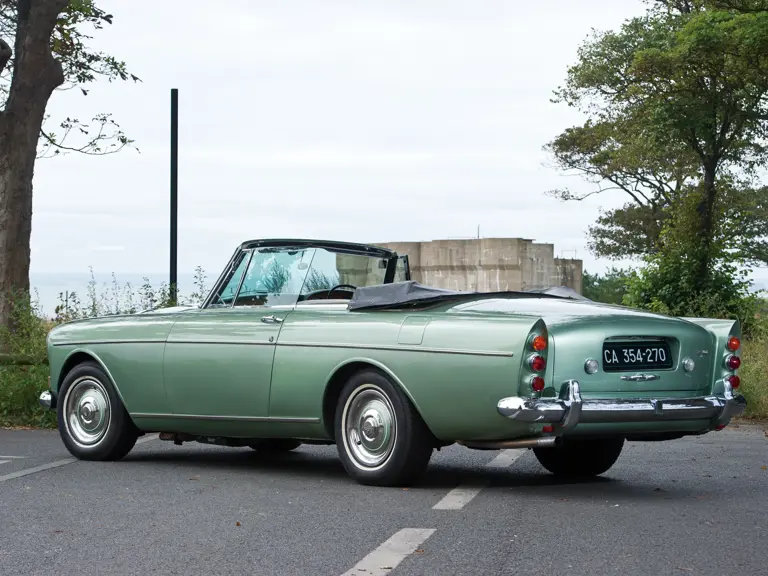

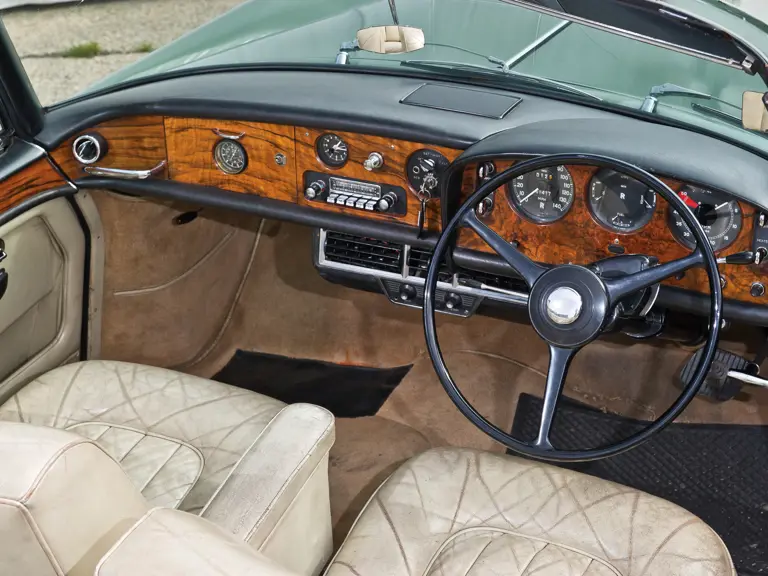
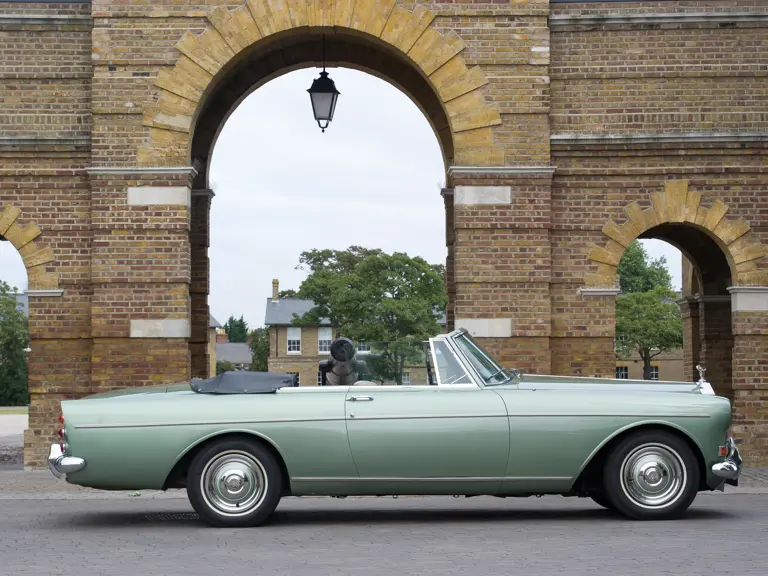
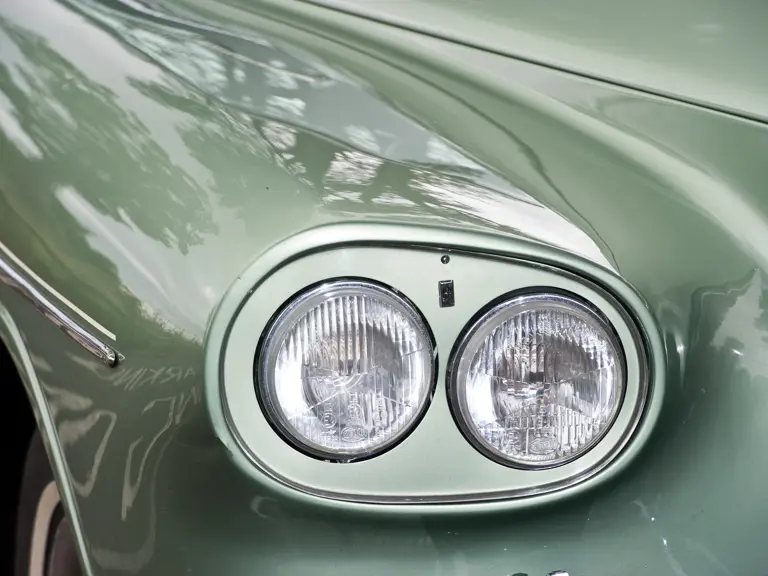
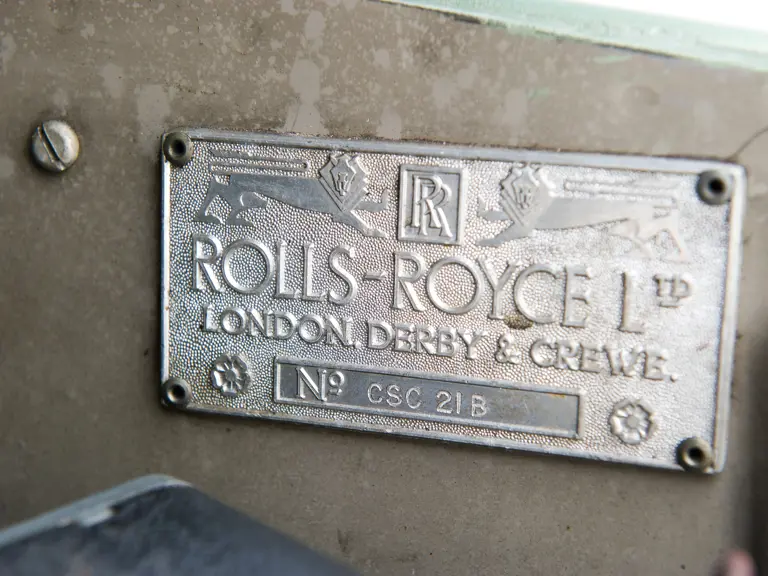
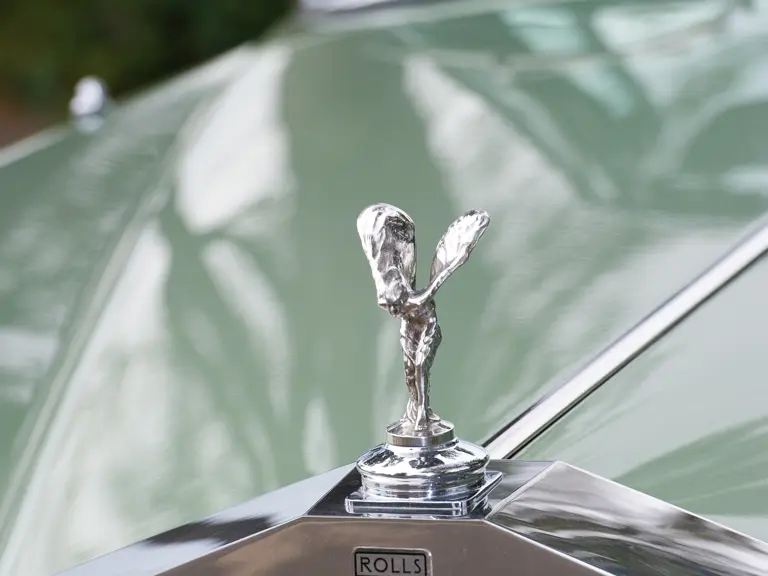

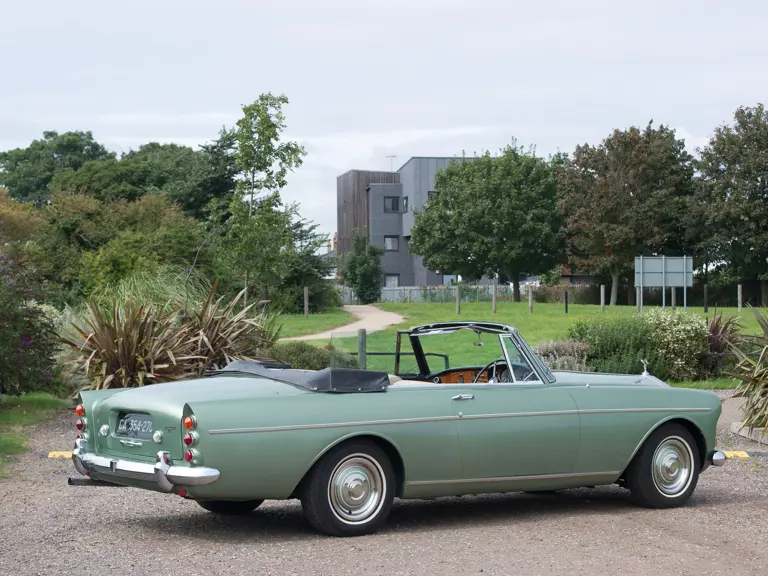
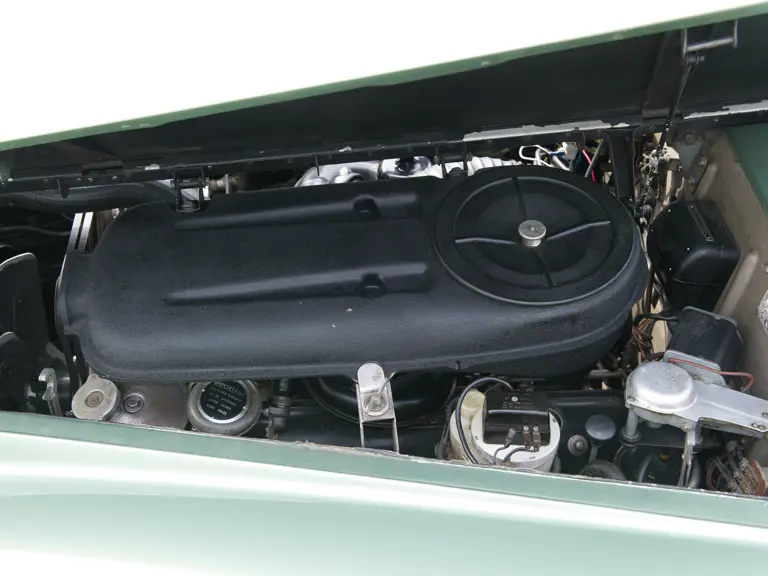
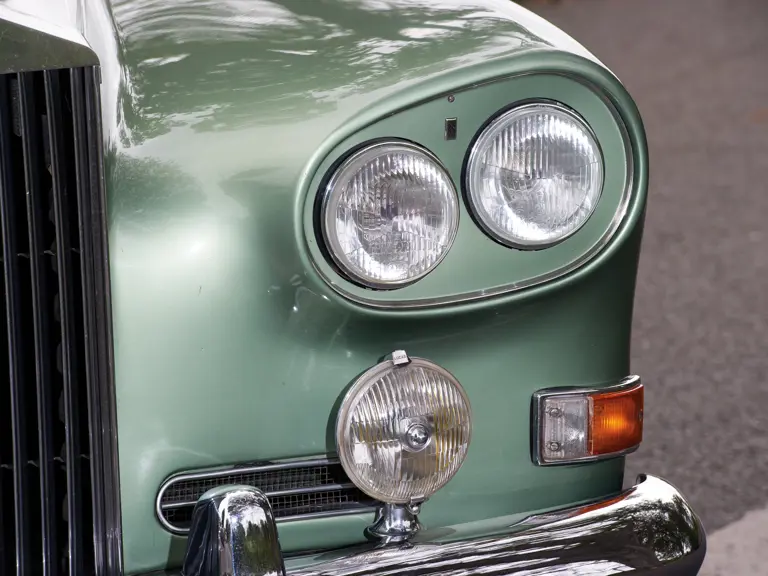

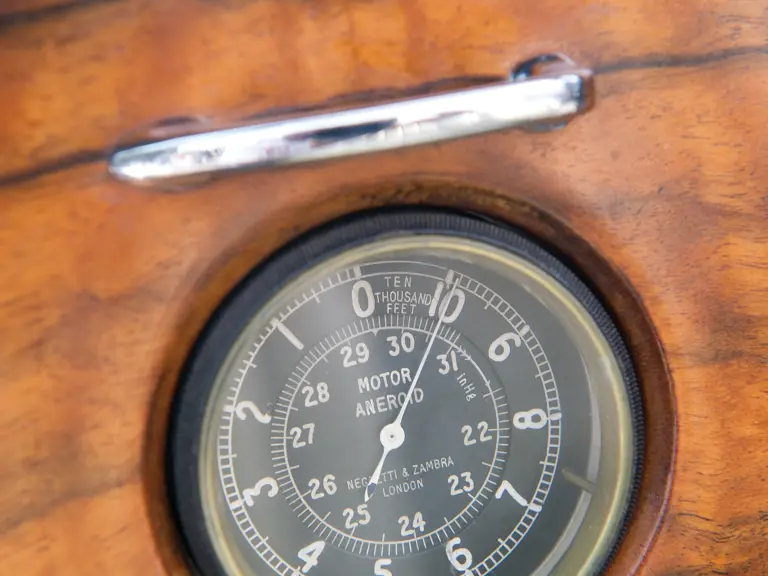

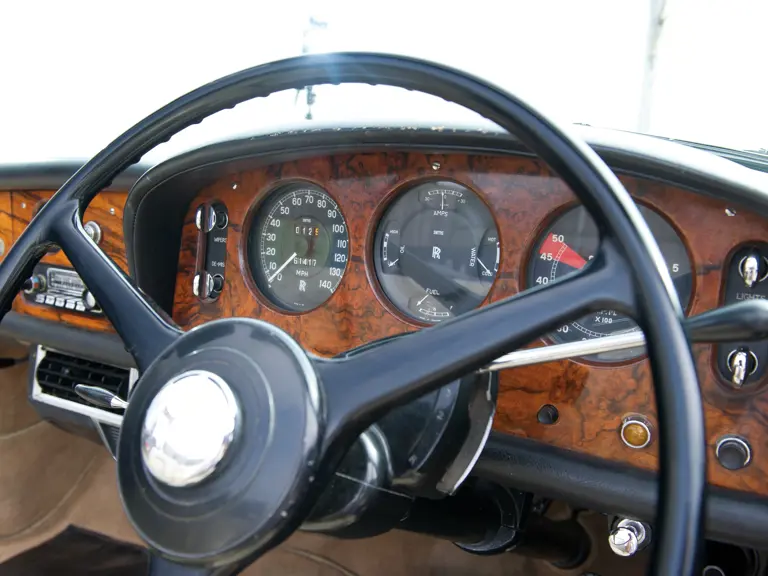
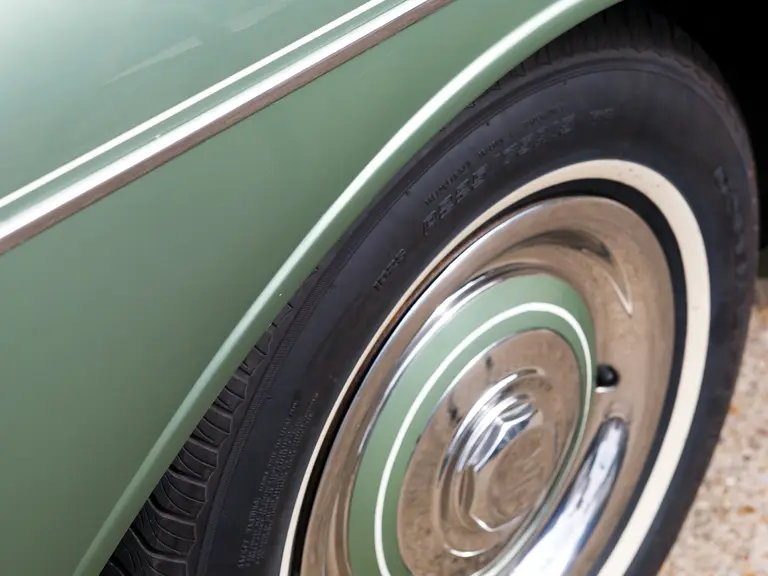
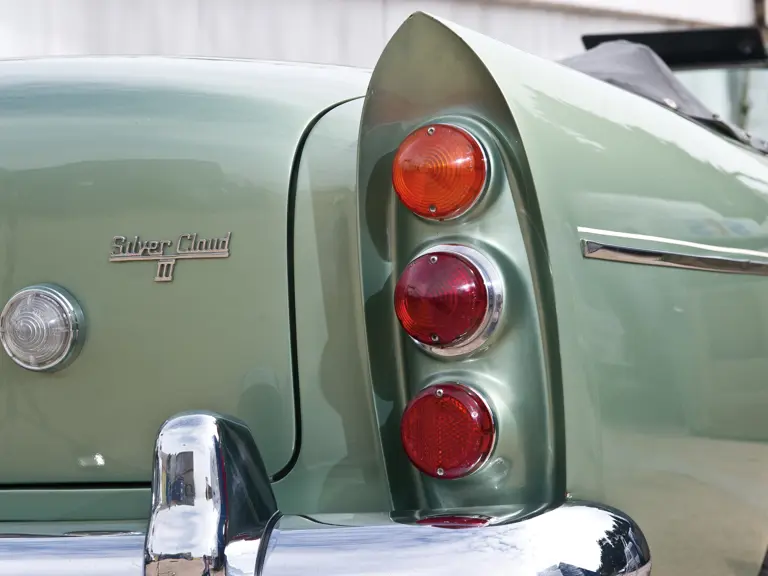
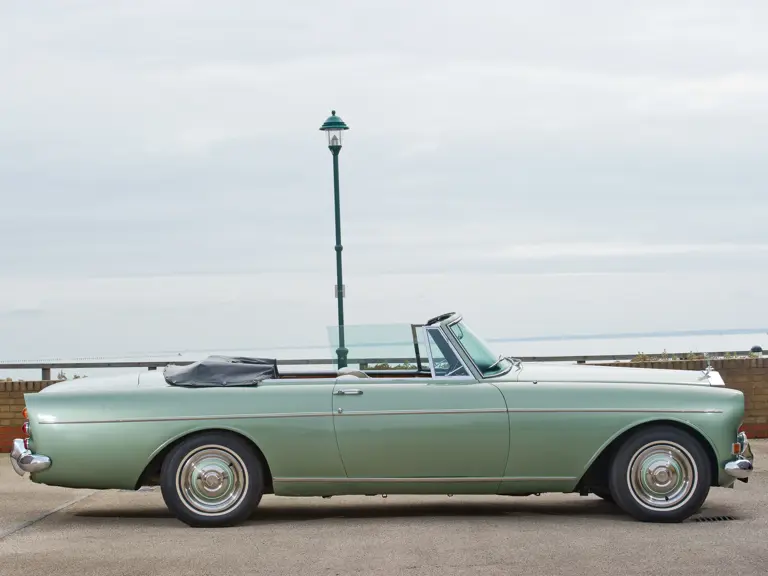
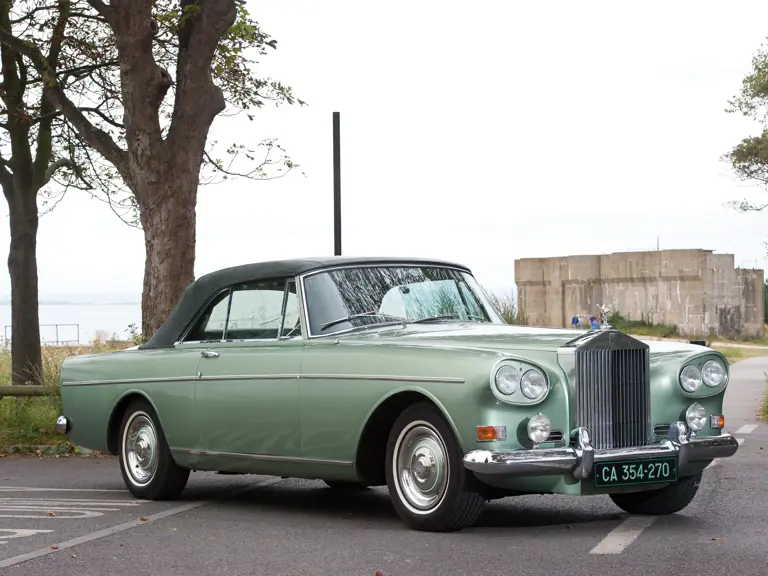
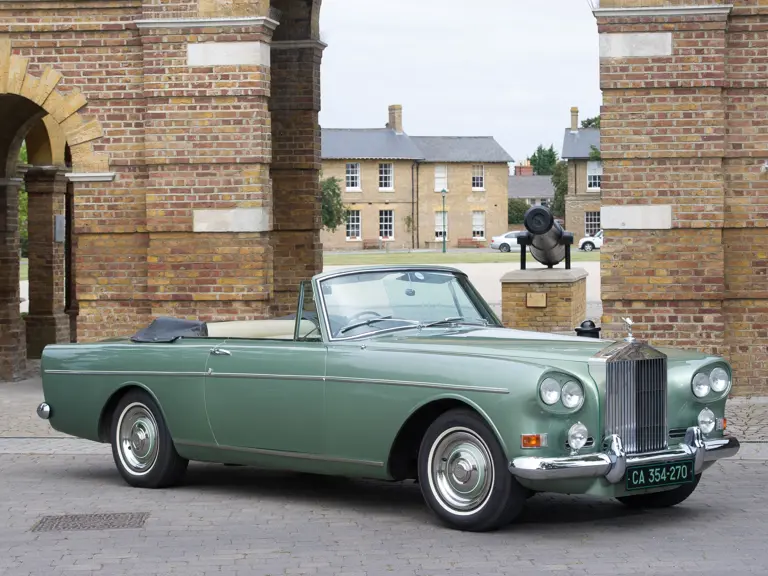
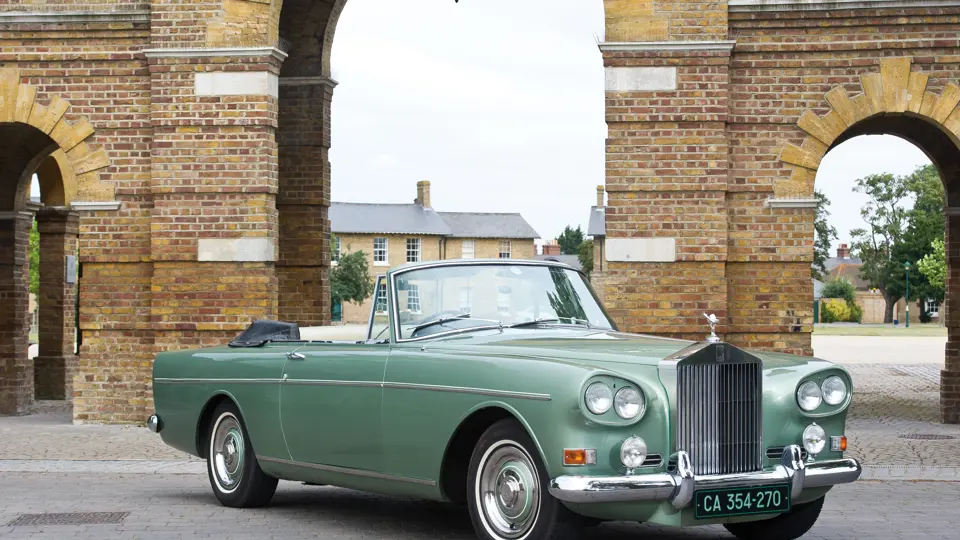
 | London, United Kingdom
| London, United Kingdom
